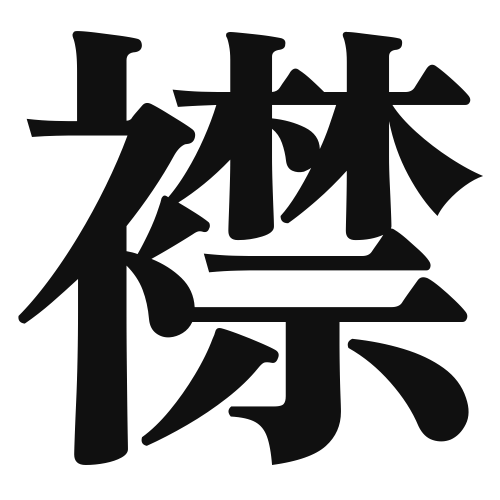1. Overview of Meaning
The kanji “襟” (eri) refers to the collar of a garment, particularly in traditional clothing. It signifies the part of clothing that encircles the neck, often associated with elegance and style.
2. Formation and Radical
Formation of the Kanji: The kanji “襟” is a compound character that combines elements representing clothing and the concept of a neck. It is formed from the radical for “clothing” (衣) and the phonetic component “kim” (襟), which helps convey its pronunciation.
Radical: The radical for “襟” is 衣 (koromo), which relates to clothing and textiles.
3. Examples of Usage
Common Words and Phrases:
- 襟元 (erimoto) – collar area
- 襟付き (eri tsuki) – with a collar
Example Sentences in Daily Conversation:
- このシャツの襟がとても素敵ですね。 (Kono shatsu no eri ga totemo suteki desu ne.) – The collar of this shirt is very nice, isn’t it?
- 彼は襟を立てて、カッコよく見えた。 (Kare wa eri o tatete, kakkoyoku mieta.) – He looked cool with his collar up.
4. Synonyms and Antonyms
Similar Kanji:
- 袖 (sode) – sleeve; while “襟” refers to the collar, “袖” refers to the part of the garment that covers the arms.
Antonyms:
- 裸 (hadaka) – naked; this term represents the absence of clothing, contrasting with “襟,” which is a part of clothing.
5. Cultural and Historical Background
Relation to Japanese Culture: The collar is an important aspect of traditional Japanese clothing, such as kimonos, where the style and presentation of the collar can signify formality and respect.
Proverbs and Idioms: There are expressions in Japanese that reference the collar, often symbolizing one’s status or the importance of appearance in social situations.
